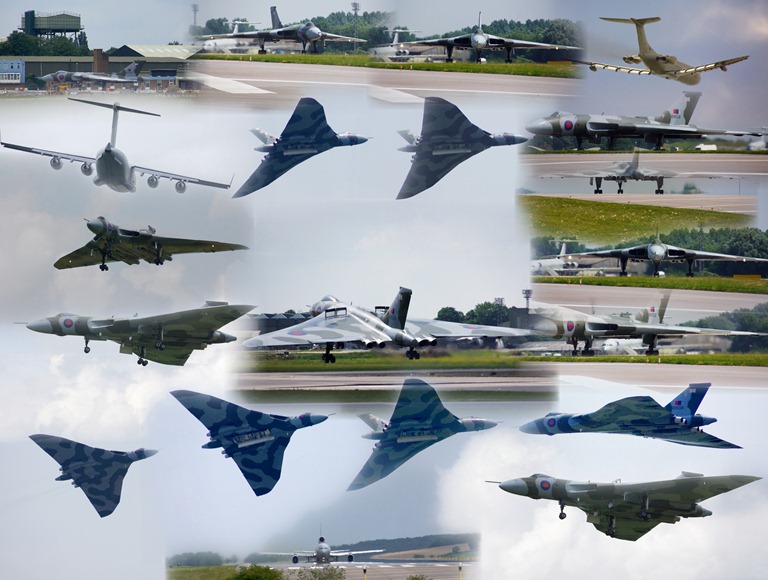Vulcan hunting: a mini case study in social media
I’ve described some of my activities over recent weekends as the biggest hunt for a Vulcan since Star Trek III - The Search For Spock. The Vulcan I’m after isn’t the pointy eared kind but XH558, the only flying example left of the V Bomber. It’s very easy to talk a lot of tosh about beautiful machines of various kinds, but big delta winged aircraft do have a certain something… Concorde always made people stop and look, and the Vulcan has been doing the same since it first flew in the 1950s. The Vulcan set a record for the longest bombing mission in history when one bombed the airfield at Port Stanley during the Falklands war in 1982. The task sounds crazy: “Chaps we’ve got an aircraft which entered service in the 1950s and is due to to be decommissioned. We’d like you to use it to bomb a runway, which is defended but we don’t know what with exactly. The good news is we’ve got you a base within 4000 miles of the target. The rest of the news isn’t so good, the aircraft’s navigation system is based on terrain mapping radar, and those 4000 miles are over featureless ocean, but before you worry about finding the target you’ll need to figure out how to get this aircraft to do do air-to-air refuelling. We need this … well as soon as possible really”. They did it of course, and its been chronicled in at least one book.
The RAF kept a Vulcan flying for display purposes up till 1992 – ten years after it was meant to have come out service. Enthusiasts wanted to keep it flying and it when it was retired it was flown to Bruntingthorpe in Leicestershire. Getting it back in the sky made getting to the Falklands look like seem like a walk in the park, it took 14 years. Even then it won’t fly forever: the engines have a very short life: they are rated in cycles so the translation to hours is approximate. There are two sets of engines available and they will last about 200 hours each – I don’t reboot my PC as frequently as once every 200 hours. The Vulcan to the Sky trust wants to spin out the 400 hours they have 10 years, so they have 40 hours a year to maximize the chances people have to see the aircraft, and that will be it.
The Trust has two linked problems. Like any charity their main problem is raising money. People only give in a crisis, and when the crisis is averted the money dries up till the next crisis comes. The other is making sure people who want to see the aircraft get a chance to do so. Of course the more people see it, the more donors they get, and they don’t show up when expected they alienate those donors. So XH558 is now registered on twitter. This has been a help for me since it has been spending the air-show season 20 miles or so from where I live. The first time twitter worked for me, I was standing in a field hoping to catch the take off. Late in the morning I checked twitter on my phone “Planned take off 14:00, return 16:00” I had to be home for 14:00, so that cut a lot of wasted time, and I came back to see it land. Next morning “Taking off 14:30 …” back I go – knowing I have to collect my children later. 14:30 comes and goes. At 14:45 I checked twitter on the phone. “Working on a problem” it said, so I went to pick up the children and found later that the problem wasn’t fixed in time for the days display, so flight cancelled and again I’d been saved a pointless wait. When XH558 finally did take off and do a practice display run a few days later I was there thanks to another tweet.
Think about this – if you’re trying to build a community around what you are doing, a few moments here and there to connect with your customers can produce some real results. Does it work for generating donations ? I can’t extrapolate to everyone but they’ve got some money out of me. And here are the pictures I got – not just of the Vulcan but of the other planes which came and went while I was waiting, produced with Microsoft Research Autocollage
